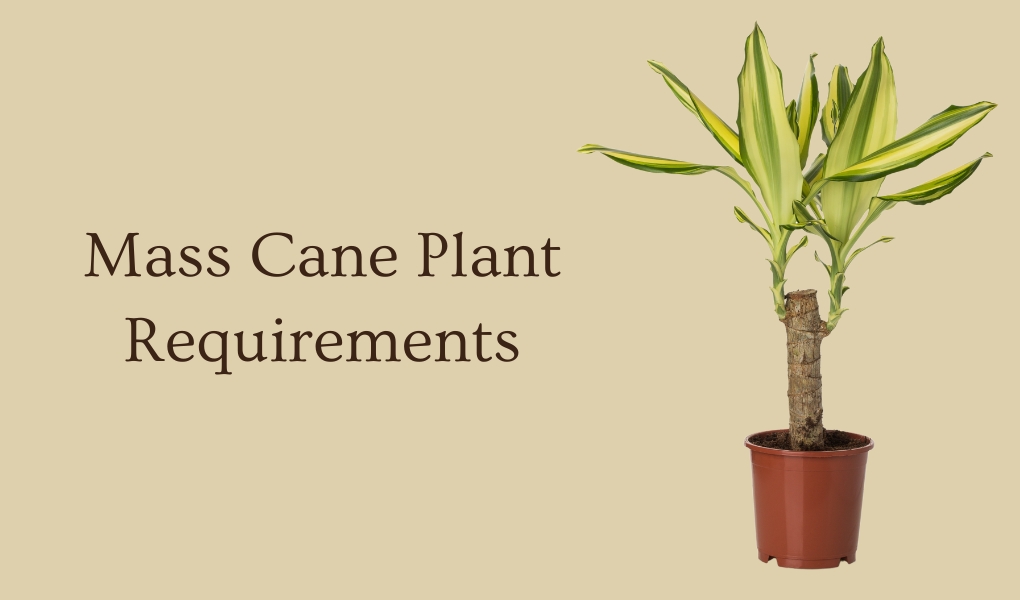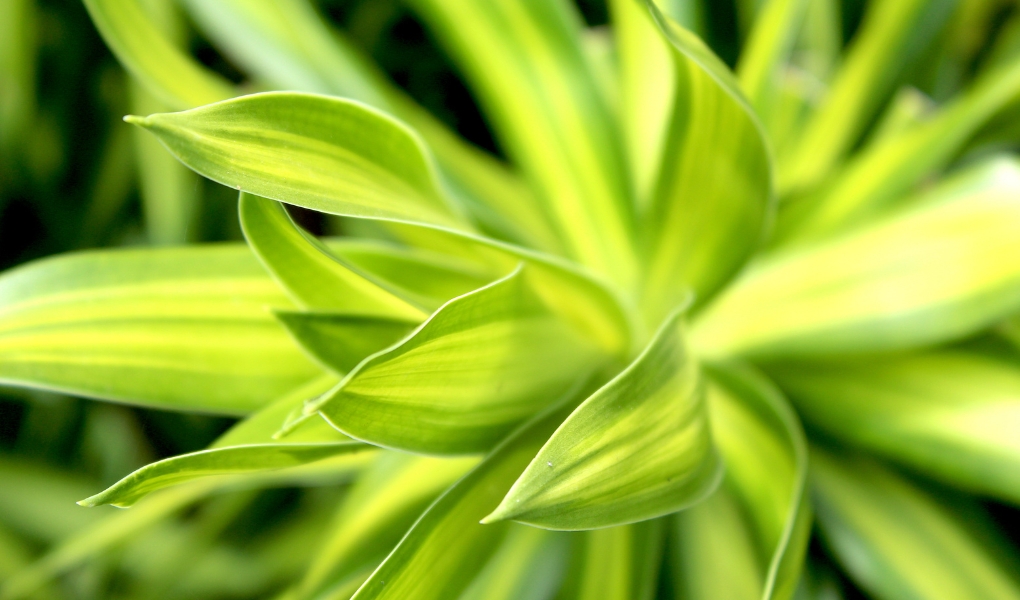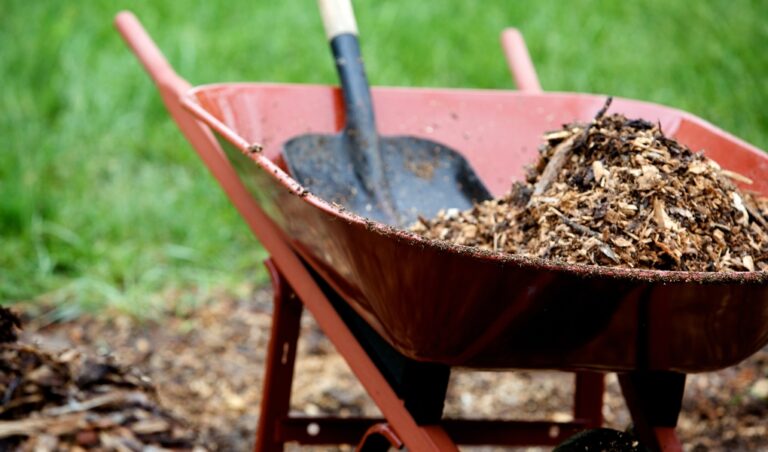Mass cane plants, also known as corn plants or Dracaena fragrans Massangeana, are incredibly popular houseplants. With their striking appearance and low-maintenance nature, it’s no wonder they have become a favorite among plant enthusiasts and beginners!
Known for their easy care and long lifespan, mass cane plants can grow up to 6 feet tall indoors, and their striped leaves add a touch of tropical flair to any room.
In this guide, we’ll explore the basic requirements for caring for mass cane plants, discuss common pests and diseases, troubleshoot problems, and provide tips to help your plant thrive.
Why are mass cane plants so popular?
There are several reasons why mass cane plants are so popular. First, they are relatively easy to care for. They do not require a lot of light or water, and they are not susceptible to many pests or diseases.
Second, mass cane plants are very versatile. They can be grown in a variety of settings, from sunny windowsills to dark corners. They can also be pruned to create a variety of different shapes and sizes.
Third, mass cane plants are very long-lived. With proper care, they can live for many years.
Basic Requirements of a Mass Cane Plant

Light
Mass cane plants thrive in medium to bright indirect light. They can tolerate some shade but avoid placing them in full sun. Too much direct sunlight can scorch their leaves, while too little light will cause them to grow leggy.
If you live in a sunny area, you may need to position your plant in a spot that gets filtered sunlight, such as near a sheer curtain or in a north-facing window. Rotate the plant occasionally for even growth and prevent it from leaning towards the light source.
Mass cane plants grow faster in strong light, but can cause bleaching and dehydration, as the soil dries quickly. Meanwhile, they are very tolerant in low-light conditions but require less watering.
Watering
Watering frequency for mass cane plants depends on various factors such as light, temperature, and humidity. Generally, water your plant when the top inch of the soil feels dry to the touch. Overwatering can lead to root rot, while underwatering can cause wilting and dryness.
To determine if your plant needs water, insert your finger into the soil. If it feels dry, it’s time to water. When watering, ensure the water drains properly from the pot’s drainage holes, and avoid leaving the plant in standing water.
The amount of water you need to give your mass cane plants will depend on the amount of light it gets.
In Bright Light
Mass cane plants in bright light will need to be watered more frequently. Water the plant when the top layer of soil is dry to the touch. This could be once a week, or even more often in hot, dry weather.
In Low Light
Mass cane plants in low light will need to be watered less frequently. Water the plant when the soil is dry about halfway down the pot. This could be every two weeks, or even less often in winter.
It is important to let the soil dry out slightly between waterings. Mass cane plants are susceptible to root rot if they are overwatered.
Also Read: Top 10 Edible Plants For Beginners
Soil
These plants thrive in well-draining soil. A mixture of potting soil, perlite, and sand works well to provide the necessary drainage. When repotting, choose a container with drainage holes to prevent waterlogging.
To re-pot your mass cane plant, gently remove it from its current pot and place it in a slightly larger one. Add fresh soil around the root ball, ensuring it is securely planted. Water thoroughly after repotting.
Temperature and Humidity
Mass cane plants are tropical plants, so they prefer warm temperatures and high humidity. These are the ideal temperature and humidity levels of mass cane plants:
The leaves may turn brown or yellow If the temperature drops below 55 degrees Fahrenheit (12 degrees Celsius). As for humidity, the leaves may start to curl or turn brown if it’s too low.
You can increase the humidity around your mass cane plant by grouping it with other plants, placing it on a pebble tray, or using a humidifier.
Fertilizer
These plants are not heavy feeders, but they do benefit from a little fertilizer during the growing season.
A balanced fertilizer with an NPK ratio of 10-10-10 or 12-12-12 can be used. You can fertilize your mass cane plant once a month during the spring and summer months.
You can also use a slow-release fertilizer. This type of fertilizer will release nutrients over time, so you will not have to fertilize your plant as often. If you are using a slow-release fertilizer, follow the instructions on the package.
Here are some tips for fertilizing:
- Fertilize your plant during the growing season, which is spring and summer.
- Do not fertilize your mass cane plant in the fall or winter, as this can lead to leaf drop.
- Dilute the fertilizer to half-strength before using it.
- Use a fertilizer that is free of fluoride and boron.
- Water your plant thoroughly after fertilizing.
Preventing Pests and Diseases

Mass cane plants are relatively resistant to pests and diseases, but they can still be affected by some problems. Here are some tips on how to prevent pests and diseases your plants:
- Keep your plant healthy. Healthy plants are less likely to be affected by pests and diseases. Make sure your plant is getting the right amount of water, sunlight, and fertilizer.
- Inspect your plant regularly. Inspect your plant regularly for signs of pests or diseases. If you see any problems, take action immediately.
- Isolate your plant if it becomes infected. If your plant does become infected, isolate it from other plants to prevent the spread of the problem.
- Use insecticidal soap or neem oil to control pests. If you see pests on your plant, you can use insecticidal soap or neem oil to control them. These products are effective and relatively safe to use.
- Treat diseases with fungicides. If your plant develops a disease, you can treat it with a fungicide. Fungicides are available at most garden centers.
Common Pests And Diseases That Can Affect Mass Cane Plants
Mealybugs: Mealybugs are small, white insects that suck the sap from plants. They can be controlled with insecticidal soap or neem oil.
Spider mites: Spider mites are tiny, red, or yellow insects that spin webs on plants. They can be controlled with insecticidal soap or neem oil.
Scale insects: Scale insects are small, brown, or black insects that attach themselves to plants. They can be controlled with insecticidal soap or neem oil.
Root rot: Root rot is a fungal disease that can cause the roots of plants to rot. It is caused by overwatering or poor drainage. Root rot can be treated with a fungicide.
Leaf spot: Leaf spot is a fungal disease that causes spots on the leaves of plants. It is caused by wet weather or splashing water. Leaf spot can be treated with a fungicide.
By following these tips, you can help to prevent pests and diseases on your mass cane plant. With proper care, your plant will thrive for many years.
Troubleshooting Your Mass Cane Plant

If your mass cane plant is not thriving, there are a few steps you can take to remedy the situation. Common problems include yellowing leaves, root rot, and pest infestations.
To fix these issues, adjust your watering routine, improve drainage, address pests promptly, and trim any damaged or diseased foliage.
How to save a dying mass cane plant?
If your mass cane plant is on the brink of death, don’t lose hope! Trim off any dead or yellowed leaves, repot in fresh soil, and adjust your care routine accordingly. With patience and proper care, you may be able to revive your plant.
Ready To Take Care of Your Mass Cane Plant?
Mass cane plants are fantastic additions to any indoor or outdoor space, bringing a touch of lush greenery and elegance. By providing the right requirements you can keep your mass cane plant healthy and thriving.
Remember to be attentive to signs of pests and diseases, and take immediate action to prevent them from causing serious damage. With a little care and attention, this wonderful plant will reward you with its beauty and resilience.





One Comment